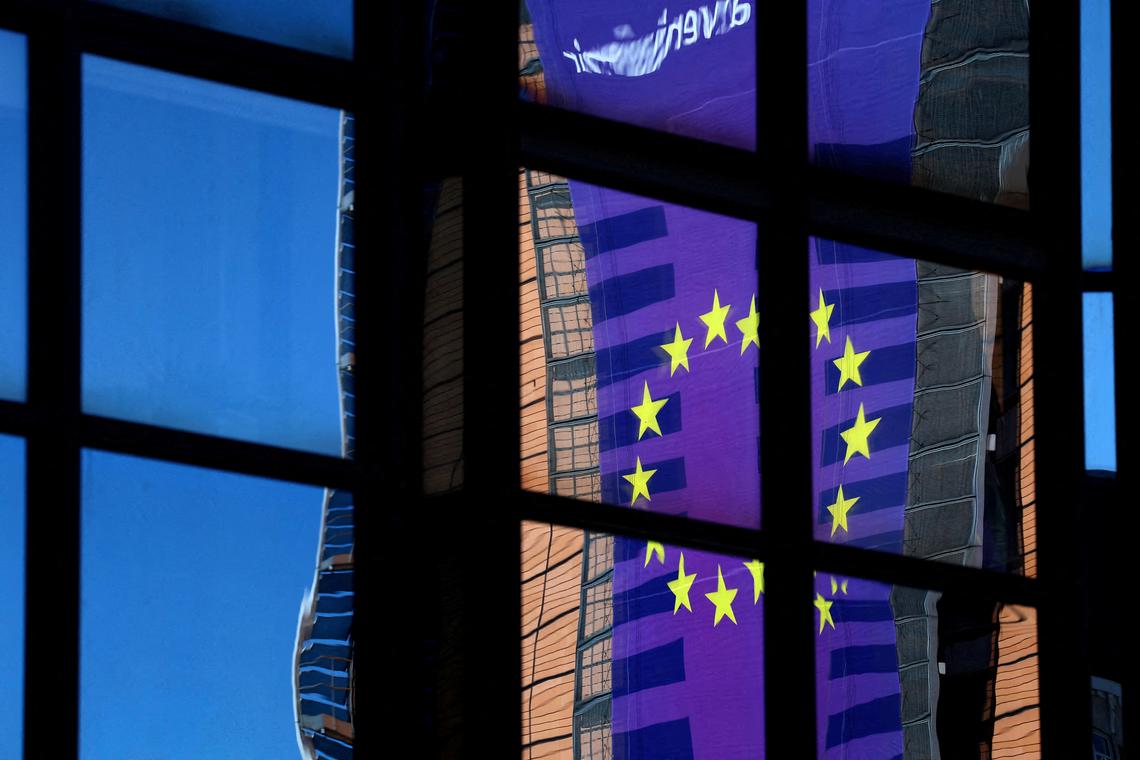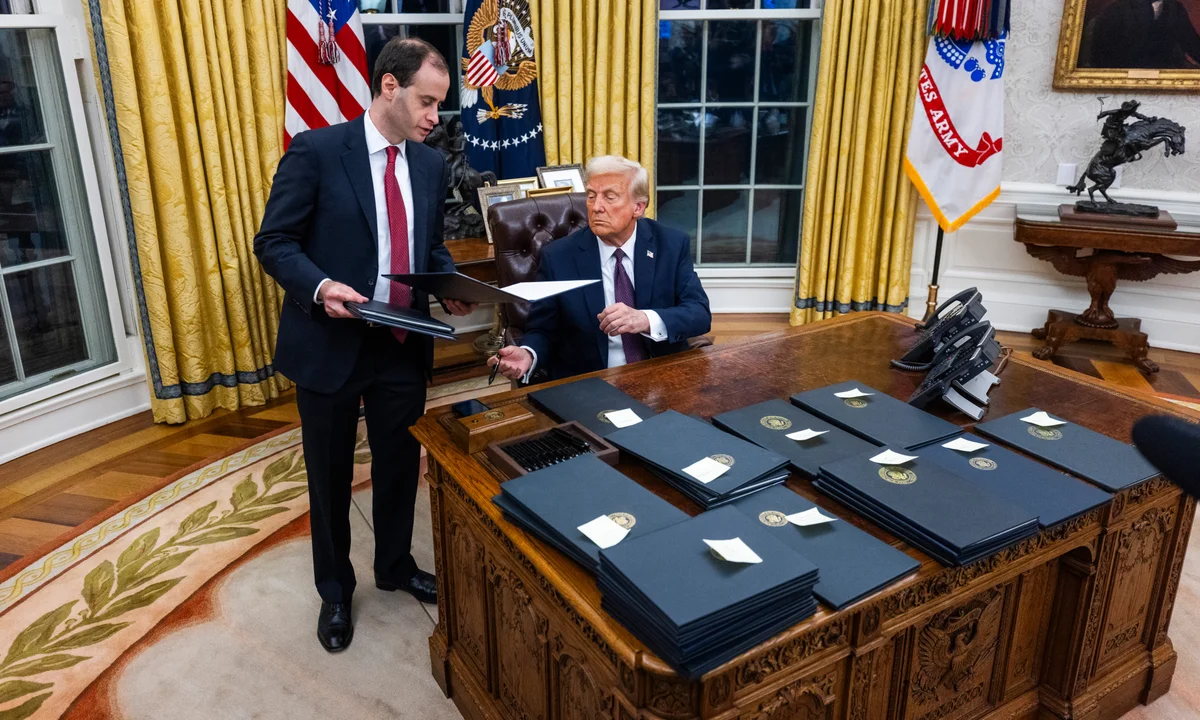In an era marked by shifting trade policies and rising protectionism, the European Union (EU) has signaled a strategic pivot: it intends to strengthen ties with countries that have been adversely affected by United States-imposed tariffs. This move reflects not only a response to economic pressures but also a calculated diplomatic effort to position the EU as a global advocate for multilateral trade and economic cooperation.
Background: The Rise of US Tariffs
Over the past few years, the United States has increasingly relied on tariffs as a central tool in its trade policy. From steel and aluminum duties to wide-ranging tariffs targeting China, the US has justified its actions in the name of protecting domestic industries and national security. However, these tariffs have often had broader implications, impacting not just the targeted countries but also allies and trading partners worldwide.
Countries such as Canada, Mexico, China, Turkey, and members of the EU itself have faced tariffs that disrupted existing trade balances. In retaliation, many of these nations imposed counter-tariffs, leading to a period of trade uncertainty and tension. Amid this global economic tug-of-war, the EU has decided to chart a more collaborative course.
The EU’s Strategic Shift
Recognizing the growing fractures in the global trading system, the EU is now looking to align itself more closely with other countries that find themselves at odds with US tariff policy. This engagement is not merely symbolic—it is rooted in a desire to forge new trade alliances, strengthen multilateralism, and buffer the EU’s economy against the uncertainties of unilateral American actions.
This shift includes the expansion of existing free trade agreements, the negotiation of new bilateral and multilateral deals, and the revitalization of the World Trade Organization (WTO) as a neutral ground for resolving disputes. The EU has already taken concrete steps in this direction by finalizing trade agreements with countries like Japan, Vietnam, and Mercosur nations. Now, the focus is turning toward those nations that have been economically bruised by Washington’s tariff measures.
Building Coalitions Through Shared Interests
The EU’s outreach strategy hinges on a simple yet powerful principle: shared economic interests. Countries affected by US tariffs often experience reduced export revenues, disrupted supply chains, and strained domestic industries. By building coalitions with these nations, the EU can foster a collective voice that pushes back against protectionist trade policies and advocates for more predictable, rules-based trade.
For example, China, which has been one of the primary targets of US tariffs, represents a complex but important partner. While the EU and China have their own trade disputes, both powers share a vested interest in maintaining a functioning global trade system. Similarly, countries like Turkey and India have seen economic pressures increase due to US trade restrictions and could see stronger alignment with the EU as a path to mutual economic resilience.
This diplomatic engagement is not limited to large economies. Smaller nations in Africa, Southeast Asia, and Latin America that have been collateral damage in US trade policies are also part of the EU’s engagement strategy. These countries are looking for partners that respect global rules and offer access to larger markets without punitive measures.
Economic Diplomacy as a Tool for Influence
The EU’s approach represents a form of economic diplomacy aimed at increasing its global influence. By stepping into the vacuum left by US withdrawal from some multilateral trade frameworks, the EU can position itself as a leader in fair trade advocacy. This not only enhances its global standing but also ensures that EU-based companies continue to have access to essential markets and supply chains.
Moreover, closer ties with nations hit by US tariffs allow the EU to diversify its trade portfolio. In a world increasingly wary of over-dependence on single trade partners, this diversification strategy strengthens economic resilience. It also sends a clear message: the EU is open for business and committed to fostering mutually beneficial trade relationships.
Challenges Ahead
Despite the promise of this strategy, the EU faces several challenges. First, aligning diverse economic systems and interests under common trade agreements can be difficult. Negotiations are often protracted and fraught with political sensitivities, especially when dealing with large economies like India or China.
Second, the EU must tread carefully to avoid escalating tensions with the United States. While seeking closer ties with US-tariffed nations, the EU also wants to maintain a constructive relationship with Washington, especially given their long-standing transatlantic alliance. Striking this balance will require deft diplomacy.
Finally, internal cohesion within the EU remains a critical factor. With 27 member states, each with its own economic priorities and trade dependencies, reaching a unified external trade policy is never simple. Nevertheless, recent years have shown that the EU can present a cohesive front when core interests are at stake.
Looking Forward
The EU’s plans to engage more actively with countries affected by US tariffs underscore a broader shift in the global economic landscape. As old alliances evolve and new economic realities take shape, the EU is aiming to become a stabilizing force, promoting cooperation over confrontation.
In the coming years, the success of this strategy will depend on how effectively the EU can translate diplomatic overtures into binding trade agreements. If managed well, this could mark a turning point—not only for EU trade policy but for the future of multilateralism in a world increasingly fragmented by unilateral actions.
By reinforcing partnerships with like-minded nations and presenting a united front for free and fair trade, the European Union seeks not just to protect its own interests but to offer a counterweight to the rising tide of global protectionism.



